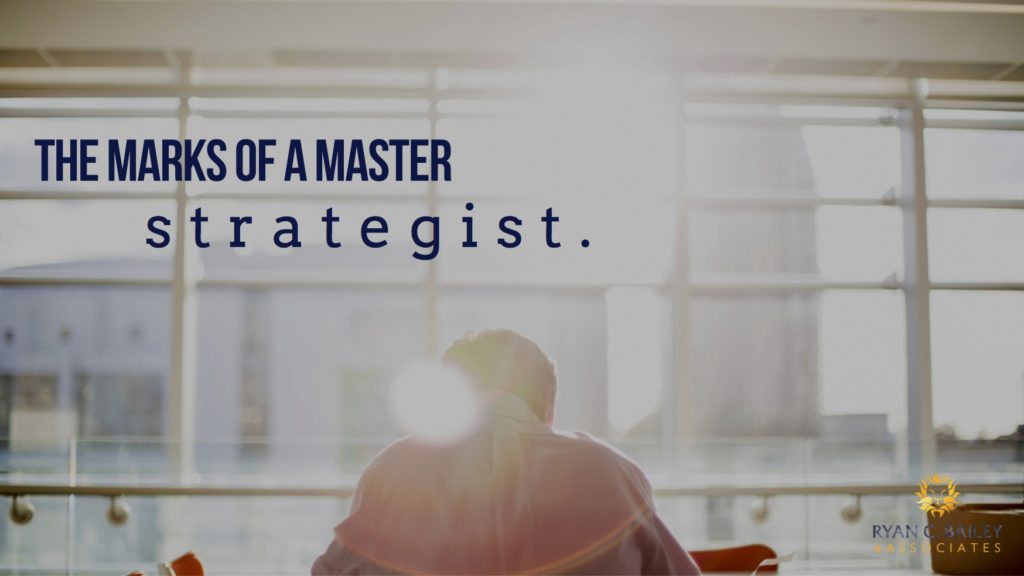Do you want to build trust with your team, stakeholders, or even those you know outside of work? One way to build connections is to learn how to tell your story and encourage others to share their stories with you.
Think of a time when you heard someone tell their story in an interesting and compelling way. What did you personally feel afterward? How did you feel about the storyteller afterward? Where was your trust level before they shared their story? How about afterwards?
Most of us are captivated by a good storyteller. Even made-up stories can keep us on edge. Storytelling can be especially effective and fruitful in the business world, when team members learn how to share their personal real-life stories with one another.
In a workshop format, clients are given a simple format to write out their story. Then they share their story and receive encouraging feedback from the team on what they heard. When teams hear they are going to spend four hours in a workshop doing this, they tend to panic. They fear being vulnerable, and they wonder if they will be embarrassed or even rejected. They fear they won’t do it right or that somehow it will backfire on them.
In individual coaching sessions we often hear objections like, “I don’t have time for that,” or “My team would never get why I am doing that. It would just be weird,” or “If I do this wrong, how do I know it won’t be used against me?” Actually, what we’ve found is that when the storyteller is properly prepared and shares the story in an authentic and vulnerable way, the team feels connected to the storyteller and typically wants to know more. The insights the team gains often helps them “get” who the storyteller is and why they may behave in the ways they do.
More importantly, the biggest gain we’ve found is that trust levels on the team go up dramatically as they hear one another’s stories.
We’ve seen long standing conflicts be resolved. We’ve seen communication improve. We’ve seen teams achieve higher levels of performance. We’ve seen leaders obtain far greater buy-in from their teams. We’ve seen direct reports express that their leader knows how to coach them better and helps them achieve excellence in what they do.
Sometimes you don’t have time to share your entire story with your team. In those instances, focus on a key event that really shaped your life. Answering the following questions can be a beginning:
Who is my audience?
How would you describe the audience you are going to share your story with? Is it an individual? A member of your team? A stakeholder in the organization? A prospect you are wanting a partnership with?
Be clear on who they are, what they value, and what would be most helpful for them in the context in which you are engaging them. This is all part of defining who your audience is.
What is the one event that has most shaped who you are, as far as benefiting your audience is concerned? What trait or characteristic will they observe that helps them to understand you and work even better with you?
In other words, is your audience someone who reports to you? For good or bad, what one thing will they notice which, if they understood how it came to be, would help them work with you more successfully?
For example, one of the biggest things my team has noticed about me is that I give them a lot of space to do their job, and I trust them to do it well. Frequently I keep an open door so they may ask for help. I wasn’t always that way, but the story of how I came to change helped them to know me much better. And my open door reassured them that if it feels like I am too hands-off, they are welcome to approach me so I can get in the trenches with them on whatever their current task is.
What are the key details of that event?
It is here that you want to bullet-point the key details of that event or story from beginning to end. What did you feel as you went through those key details?
It is very important that you do not just state the facts but that you also share what you felt about them. This helps your audience connect to you and to see the events as you saw them rather than with their own biases.
You don’t have to overdo this. Keep it simple, like “When XYZ happened, I felt ABC,” or “I felt overwhelmed by X,” or “I laughed hysterically when...”
How do I figure out the right level of transparency for this audience?
I typically encourage clients to favor vulnerability and authenticity over transparency. Vulnerability is about taking a risk. The Oxford dictionary defines vulnerability as “the quality or state of being exposed to the possibility of being attacked or harmed, either physically or emotionally.” Authenticity is about being genuine. No posturing for the audience. No deceit or embellishing the story to try to make it more appealing. Transparency, in this case, is about the facts.
Certain facts about our lives we may not care if others know. Other facts only some know. Still others a few trustworthy people know. And there may be a couple of facts that no one or only one person knows. You want to choose the level of transparency that fits your audience.
With a team that I am coaching or training, I might share a story that is only one or two steps deeper than the surface. As we get to know each other more, and only if it benefits them, I will go progressively deeper. With my own team, I might start at the same level as I do with a team I am coaching, but go at a much quicker pace in order to share deeper stories or events that will help them to know me better. This helps us to work successfully together, to cover each others’ blind spots, and work as a high performing team.
What would help me to be vulnerable as I share?
What helps me to be vulnerable is to remember times when others risked being vulnerable in a boardroom or workshop. Inevitably, when someone became appropriately vulnerable, the whole room would relax and smile and realize it was OK to be human at work. The more I think about those occasions, the better it goes for me in present circumstances.
If you can’t think of a time when you saw appropriate vulnerability, watch any of Brené Brown’s video clips. She does a great job of educating her audience and demonstrating vulnerability while doing so.
How do I share the most important part(s) of the story in a way that helps listeners be in the “room” where that part of the story took place?
You want to paint the scene for that part of the story. Give enough details for the listeners to sense that they are in the “room” with you. Describe the space you were in, give a play-by-play of what was happening. Describe what you felt in more detail. Use your tone of voice in a way that shows the emotion or energy you were feeling.
What would help me to remain authentic throughout the story?
You can even describe what it was like to read a boring book in such a way that those listening will be captivated. Just share the facts and what you genuinely felt about the facts. Don’t embellish. Just be you.
What also helps to foster a high degree of authenticity is to remember that you are enough. The very fact that you are human gives you a tremendous amount of dignity and makes you worth listening to.
Something else that helps me is to sense when my walls are going up and to assess why. If they are going up because I fear someone else’s reaction and is not based on evidence I have as I am telling them the story, then I take the risk of bringing the walls back down and continue to share authentically.
Finally, it helps me to remember that I can be authentic and vulnerable without having to share the facts of my deepest, darkest secrets. Think of moments when you witnessed someone being authentic and vulnerable. No doubt on some of those occasions the person talking was not sharing the facts of their deepest darkest secrets, but was sharing their experience or about how they felt in a vulnerable and authentic way. It’s vulnerability and authenticity that make someone a great storyteller, and vulnerability and authenticity foster significant trust better than letting listeners into your secrets.
Storytelling is a skill that gets better with practice. Typically, when you are vulnerable and authentic, you draw hearts into you. Trust builds. People can relate to you. Master this art and watch engagement on your team soar. Watch them exceed their team goals, and watch how people will just like you more.
Chew On This:
What one event has most impacted who you are today?
** This blog is an amalgamation of a few different clients. No one single client is represented.



